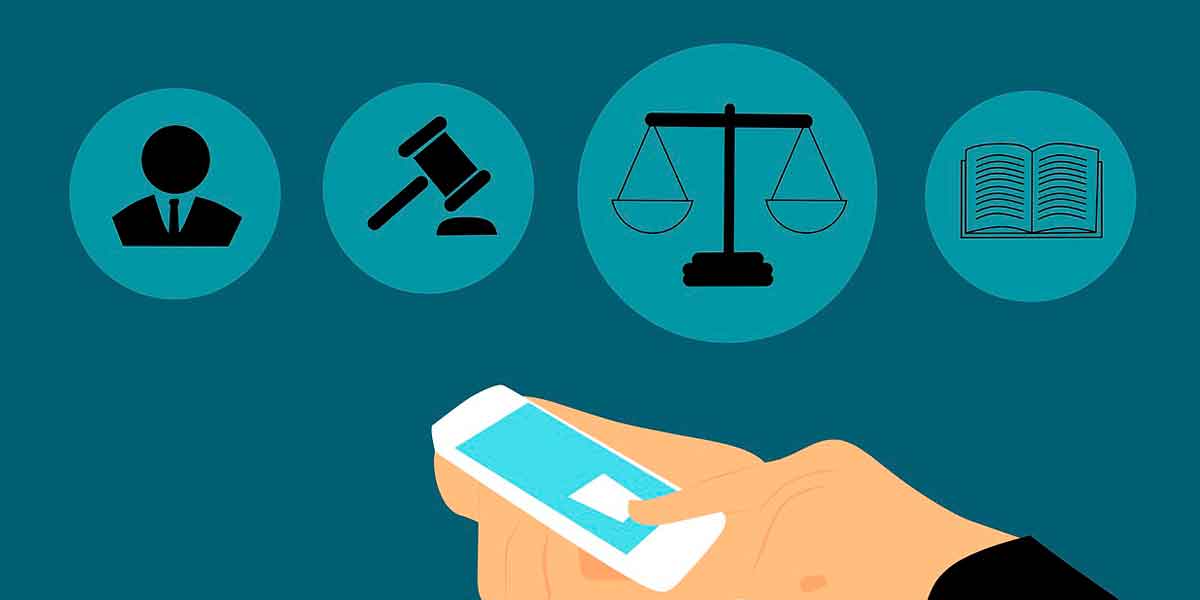Probate is the legal procedure through which a deceased person’s debts are settled and their property is transferred to their beneficiaries and heirs. In instances where the deceased did not leave a will, the court must appoint an estate administrator. Once the court grants this authority, the appointed administrator or executor becomes the legal representative of the estate. The probate process can be both time-consuming and resource-intensive, involving extensive paperwork and multiple court appearances. While typically managed by agents and lawyers, individuals can also initiate the process if necessary.
Essential Steps in the Probate Process
The probate process consists of four fundamental steps, which are detailed below. Navigating probate can be particularly challenging during the emotional turmoil following a loved one’s death. However, adhering to these steps can simplify the procedure.
- Submitting a Petition and Notifying Beneficiaries and Heirs
The probate process begins with the filing of a petition in probate court. This petition either admits the will to probate or requests the appointment of an estate administrator if no will exists. The court then schedules a hearing, and notices are sent to all beneficiaries and heirs. If any heir or beneficiary wishes to contest the will, they can do so during this hearing. Additionally, a notice of the hearing is often published in a local newspaper to inform creditors and other interested parties.
- Inventorying the Estate and Notifying Creditors
The appointed personal representative must notify all known creditors of the estate and take an inventory of the deceased’s property. Creditors are given a limited time to file claims against the estate, with the timeframe varying by state. The inventory includes all probate assets such as real estate, stocks, business interests, and bonds. In some states, a court-appointed appraiser evaluates the assets, while in others, the personal representative is responsible for this task.
- Paying Debts and Expenses
The personal representative must determine the validity of creditor claims and pay any legitimate debts, including funeral expenses and taxes. In some cases, the representative may need to sell estate assets to cover these obligations.
- Transferring Property to Beneficiaries
After the period for creditors to file claims has passed and all valid claims and expenses have been paid, the personal representative can begin transferring the remaining assets to the beneficiaries. This transfer is done according to the deceased’s will or, if no will exists, according to state intestacy laws. In some cases, the will may require the creation of a trust to support a minor, spouse, or financially dependent relative. The trustee is then responsible for managing the trust assets. Beneficiaries may also have the option to waive certain requirements, depending on state laws.
Once the court approves the final petition, the personal representative can issue new deeds for real estate, transfer stock, and distribute other assets to the appropriate beneficiaries.
Conclusion
For those involved in the probate process, following these steps can make the procedure more manageable. While a lawyer can provide valuable assistance, it is also important for the personal representative or executor to understand the process to ensure that the beneficiaries receive their entitled assets. Probate is a crucial aspect of estate management, and specialized agents are often appointed to oversee the process due to their expertise and skills.




